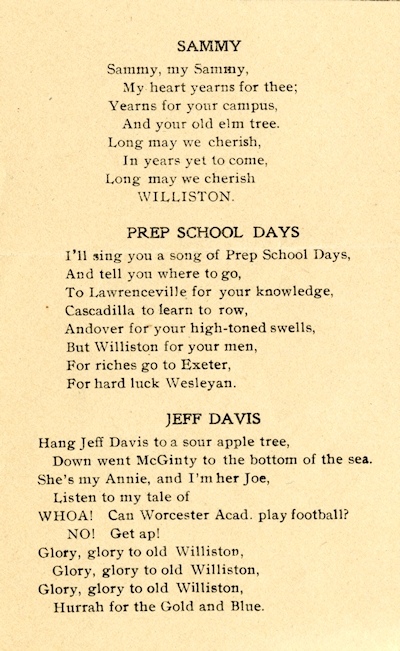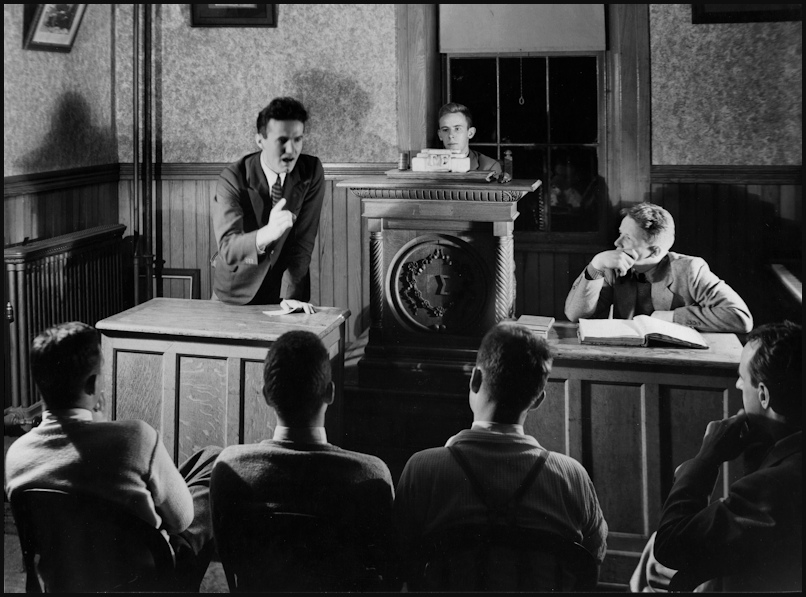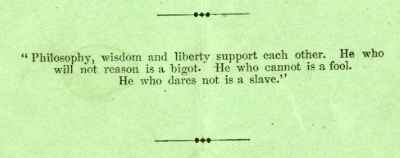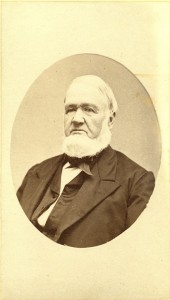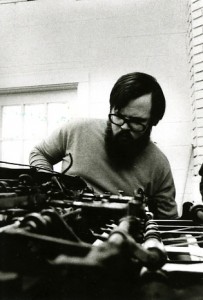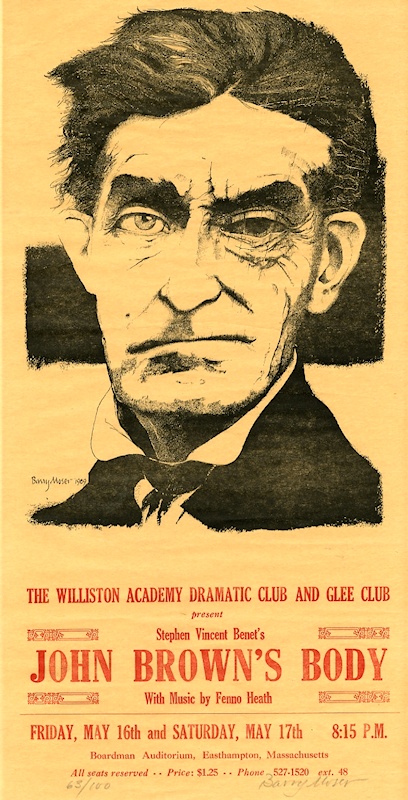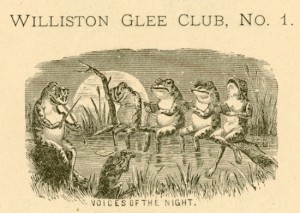
There was a time, before the advent of radios and recordings, and long before the current era of individually headphoned, asocial music, when everyone sang. Sang together, without coercion, for the sheer joy of singing. (Anyone who sings will tell you that it is a marvelous means of community-building.) Williston Seminary students were no exception. There were, of course, many singing-societies and glee clubs, but any occasion or activity, from football games to debate meetings, was a cause for music. Student letters describe athletes and spectators riding the train to away games, singing all the way.
Many of the tunes were from well-known songs of the time, but often with words unique to Williston. Some were borrowed from college songbooks, notably those of Yale. To disseminate the lyrics, student organizations printed song sheets and songbooks. “Sammy,” by Pitt Johnson, class of 1905, and still ubiquitous today, made its first printed appearance in a song sheet from that year.
